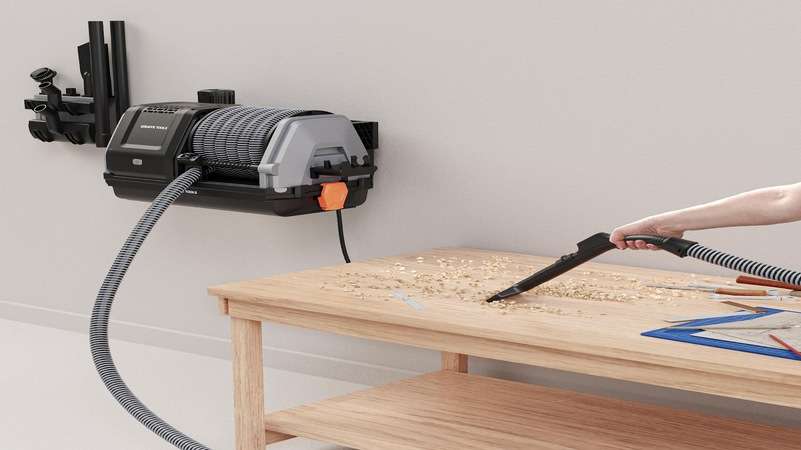Have you ever wondered how those stylish enamel pins stay on your jacket? Or maybe you’ve been thinking about starting your own pin collection, but you’re not sure how they work.
Well, wonder no longer! This blog post will explain the basics of enamel pins, including how they’re made and how to wear them. Enamel pins are a great way to show your personality and style, so whether you’re a fashionista or a newbie to the world of pins, be sure to read on.
Enamel Pins – What are They and How Do They Work
Enamel pins are having a moment. They’ve been around for decades, but in recent years they’ve become a popular way to show support for causes and organizations, express personal style, and start conversations.
So, what exactly are enamel pins?
They’re small metal pins with a design that is covered in enamel. The metal can be brass, iron, or steel, and the enamel can be opaque or translucent. Enamel pins are usually worn on clothing, but they can also be attached to bags, hats, and other accessories.
Unlike buttons, enamel pins are not meant to be pressed; instead, they’re simply displayed. While they might seem like a simple accessory, enamel pins can make a big statement.
Whether you’re looking to express your personality or show your support for a cause, enamel pins are an easy and stylish way to do it.
Types of Enamel Pins
No doubt, enamel pins are big business, with a wide variety of designs and styles to choose from. While some enamel pins are mass-produced, others are limited edition or even one-of-a-kind creations.
Whether you’re looking for a unique piece of jewelry or a collector’s item, there’s sure to be an enamel pin out there for you. Here are just a few of the many types of enamel pins available:
- Button pins are the most common type of enamel pin. They are typically round or oval in shape and have a metal backing that snaps into place. Button pins are often used to show support for a cause or as a fashion statement.
- Lapel pins are another popular type of enamel pin. They are usually smaller than button pins and have a pointed end that helps them to stay in place on clothing. Lapel pins are often used to show membership in an organization or to display achievement.
- Magnetic pins are a type of enamel pin that uses a magnet instead of a metal backing. Magnetic pins are ideal for people who do not want to damage their clothing with holes from traditional pins.
No matter what type of enamel pin you choose, they are sure to add a bit of personality to your style.
The Manufacturing of Enamel Pins
The manufacturing of enamel pins starts with a design. Once the design is finalized, a mold is created. The mold is injected with metal, usually brass, zinc, or iron.
Once the metal has cooled, it is removed from the mold and cut into the desired shape. Next, the metal is plated with a thin layer of nickel.
This creates a smooth surface that will provide a good base for the enamel paint. The enamel paint is then applied by hand or machine. After the paint has dried, the pins are placed in a kiln and heated to a high temperature.
This causes the paint to harden and gives the pins their signature glossy finish. Finally, the pins are Inspected for quality and packaged for sale.
How to Care for Your Enamel Pins
By taking a few simple steps, you can ensure that your enamel pins will last for years to come.
- Store your pins in a cool, dry place. Exposure to moisture or extreme temperatures can damage the enamel.
- Be careful when handling your pins. Bend them too much and the metal will break; drop them and they might chip. Treat them with care and they’ll last longer.
- If your pins get dirty, you can clean them with a soft cloth and mild soap. Avoid scrubbing too hard, as this could damage the enamel.
By following these simple tips, you can help ensure that your enamel pins stay looking their best for years to come.
How Much Do They Cost
Most enamel pins cost between $1 and $5, with the vast majority falling into the $2 to $4 range. However, there are some factors that can affect the price of an enamel pin, such as size, complexity, and quantity.
For example, larger pins or those with multiple colors may cost more than smaller, simpler pins. Additionally, pins that are produced in small quantities will typically be more expensive than those produced in larger quantities.
Ultimately, the price of an enamel pin will depend on a variety of factors, but most pins fall into the $1 to $5 range.
Where Can You Buy the Best Enamel Pins
One of the first places to look for enamel pins is your local craft store. These stores typically carry a wide selection of pins, making it easy to find one that suits your style. In addition, craft stores often sell pins at a discount, so you can save money on your purchase.
If you’re looking for something truly unique, consider shopping at an online retailer that specializes in enamel pins. These retailers often offer a much wider variety of designs than what you’ll find in stores, making it easy to find a pin that reflects your interests and personality.
In addition, online retailers typically offer free shipping on orders over a certain amount, so you can save even more money on your purchase.
Wrap Up
So there you have it, everything you need to know about enamel pins! Now that you understand the basics of how they are made and how they can be used, it’s time to get out there and start collecting! Whether you’re looking for unique pins to add to your collection or you’re hoping to design your own custom pins, there’s an enamel pin out there for everyone. Thanks for reading and happy pinning!
















